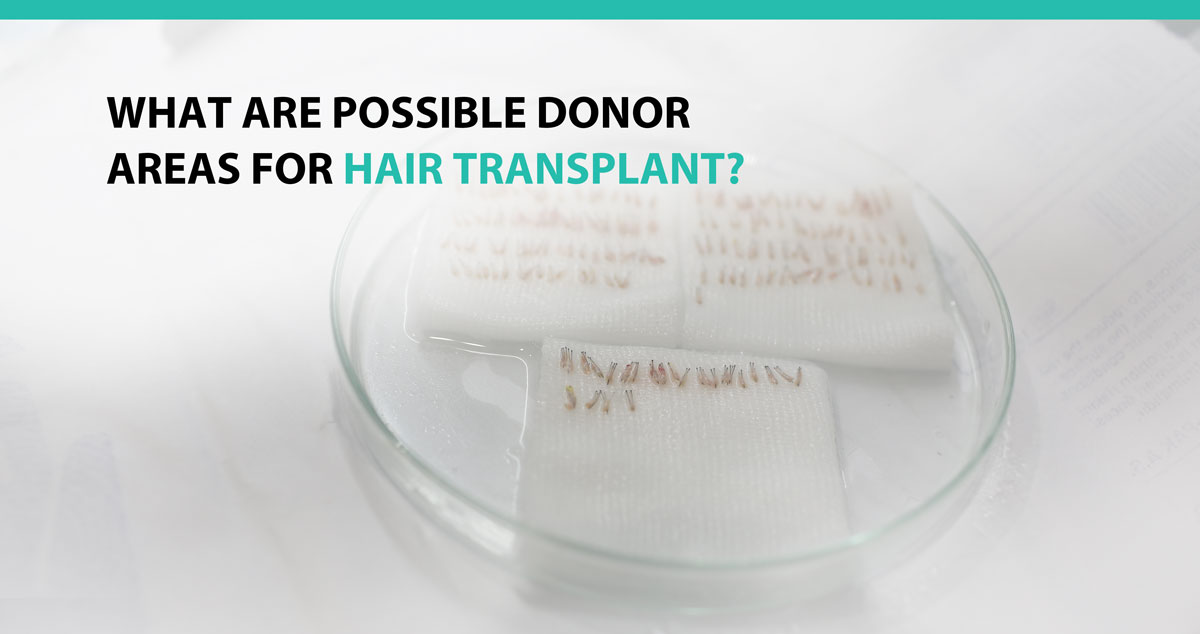
One of the most common questions about Hair Transplant procedures is, “Where does the donor hair come from?”
There are many elements to consider with that question!
How is the Donor Area chosen for Harvesting?
Since every person’s Hair Restoration journey is unique, there is not one single location that works for every individual. In fact, there are many factors that go into choosing the Donor Area, including, but not limited to:
- Pattern of Hair Loss
- Hair Texture in Potential Donor Areas
- Hair Curl and Wave in Potential Donor Areas
- Hair Density in Potential Donor Areas
It’s also important to consider the potential for future hair loss, so it is important to have that conversation with your doctor. For example, Dr. Williams works with his clients to ensure that while achieving the most successful Hair Transplantation possible, both he and the client want to be prepared for future needs as well!
What is the most common Donor Area?
A Donor Area can be the neck, chest, back, beard or groin area, but the most common Donor Area is the back of the scalp for procedures like Follicular Unit Transfer (FUT), which is among the newer procedures that specially-trained doctors like Dr. Williams can perform. This is made possible by the precision with which the doctor removes natural groupings of donor follicles from the Donor Area so as to minimize scarring and consider the appearance of the entire head of hair.
Since the follicles for this procedure are from the patient’s own head, it makes for a more natural, easy transition. What’s more, with FUT the donor area has minimal scarring, and there are numerous options for ensuring a natural look, which the doctor can go over with you based on your individual needs.
What about Follicular Unit Excision (FUE)?
While FUT is the preferred method when possible for medium to large Hair Restoration procedures, Follicular Unit Excision (FUE) is a viable option for smaller to medium hair restoration. Donor Areas for this procedure need to be chosen more carefully than FUT because whereas that procedure uses a scalpel to transplant “strips” of hair, FUE uses a “punch” that removes hair follicles and can lead to more scarring.
Because of this, FUE Donor Areas are often chosen where there is already previous scarring already in place or in areas with tight skin that makes locating and removing the donor follicles more accurate. Again, every person’s needs are different, so make sure you consult with a highly-trained specialist like Dr. Williams to find out what will work best for you!
How do I know what my viable Donor Areas are?
This is something that should be discussed with your doctor as part of your visit regarding your particular Hair Restoration needs. Specialists in Hair Restoration, like Dr. Williams, will examine your needs and work with you to find not just the best Donor Areas for appearance, but also for minimal scarring and maximum confidence in your new look.
Find out more about your options today!
No matter what type of procedure ends up being the best option, you can count on Dr. Williams to work with you to find the best possible procedure and the Donor Area that will ensure the most successful Hair Transplant and most natural look. Please schedule a consultation today for more information.










